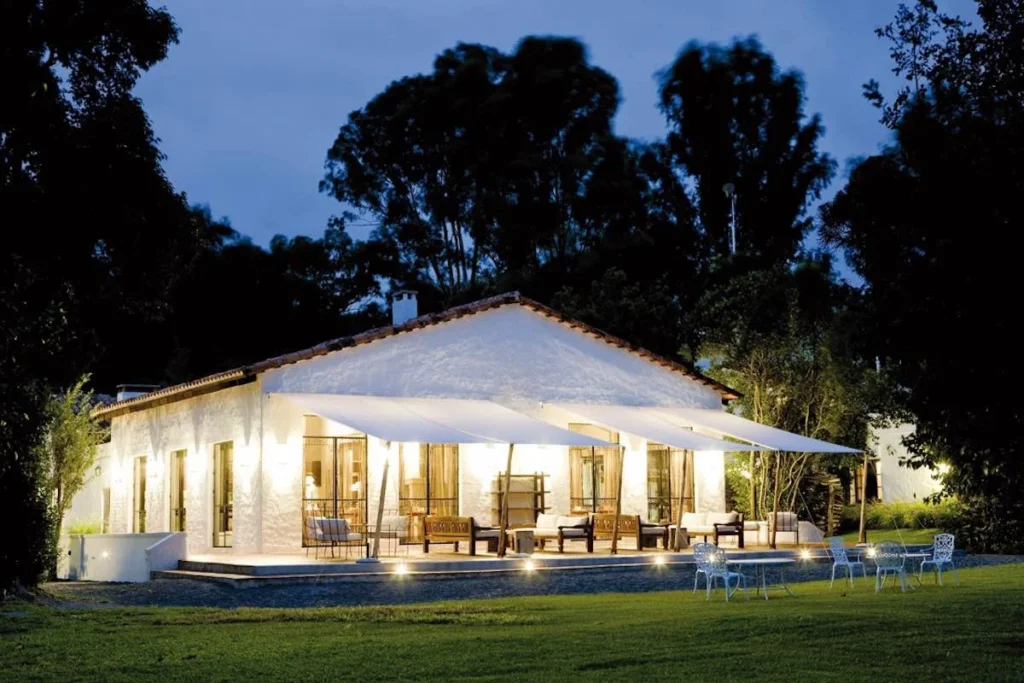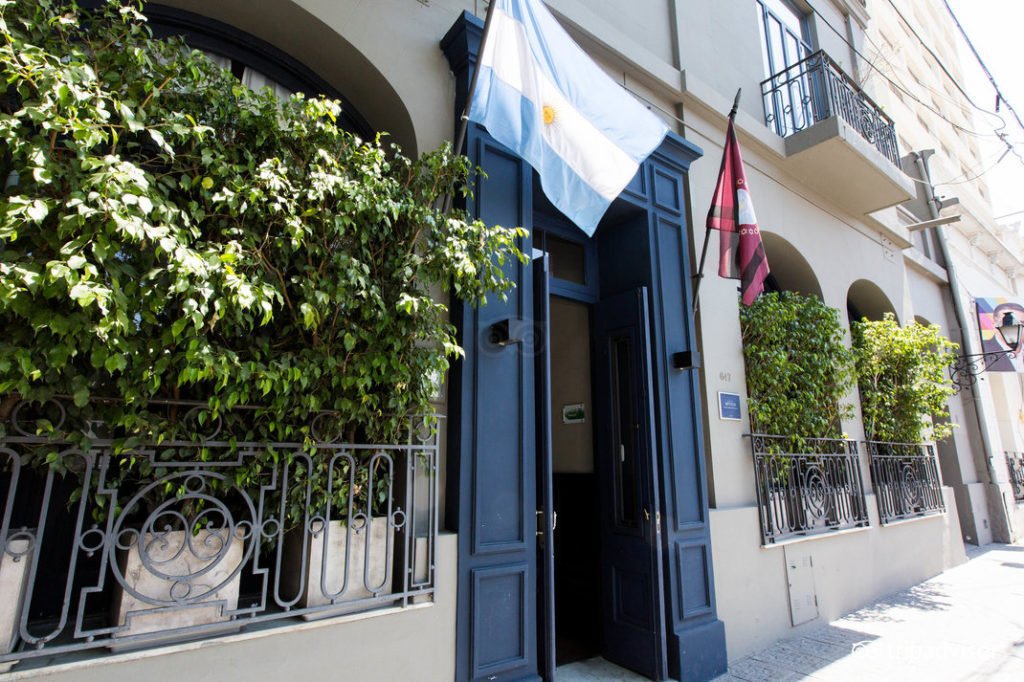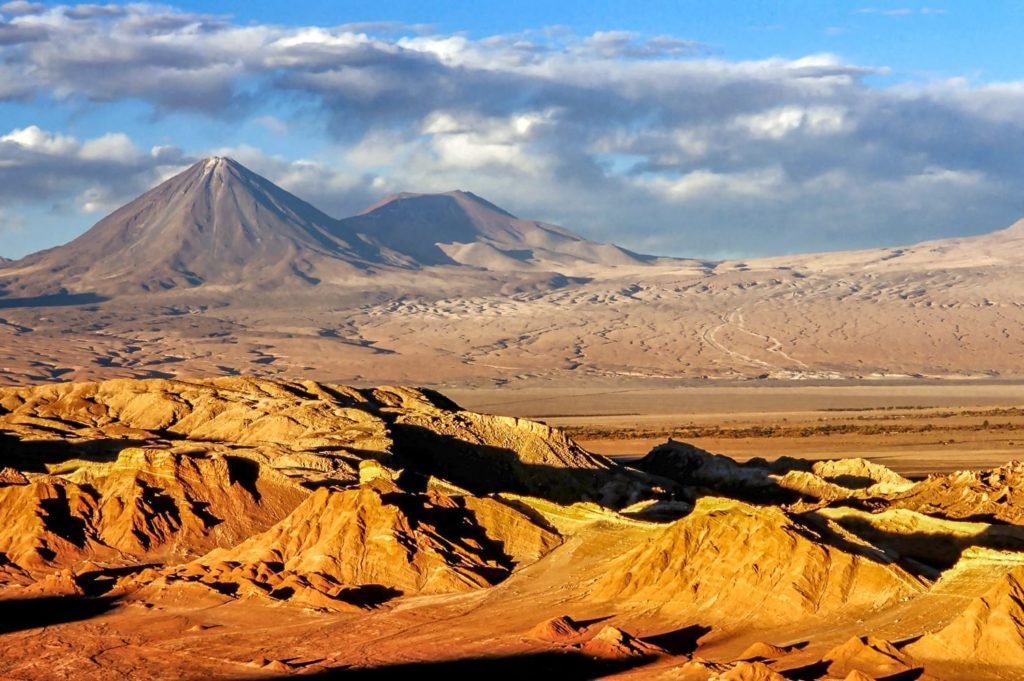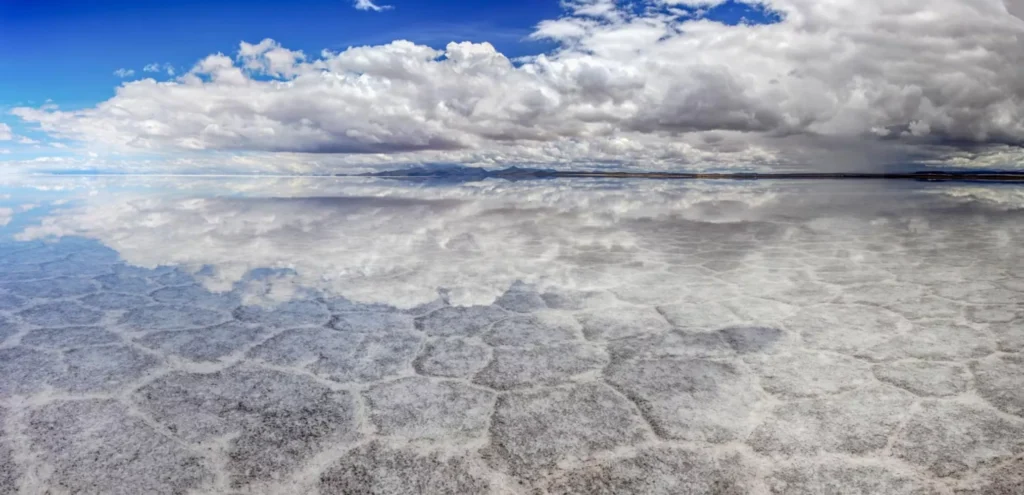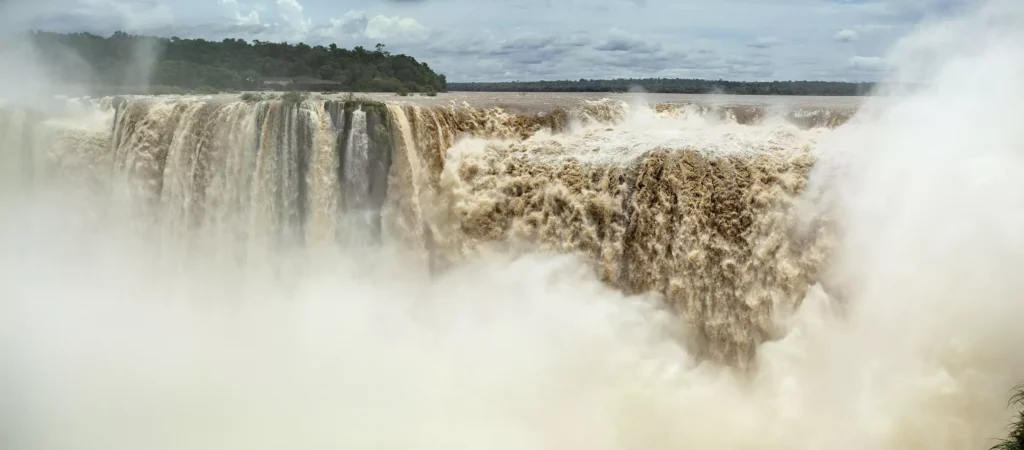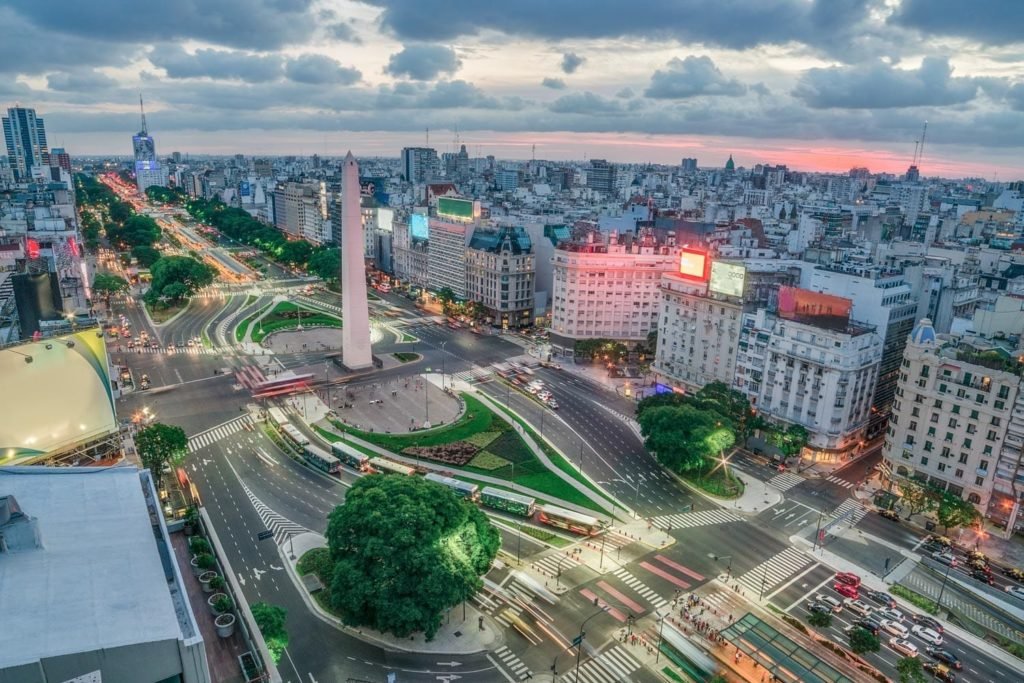Page Menu
Salta: Land of Transitions
Salta lies in a wide valley, nestled in Argentina’s far northwest. This is a land of transitions, shifting from crimson sandstone cliffs to golden pastureland. In some respects, the landscape is a metaphor for Salta’s role as a bridge between its ancient and modern inhabitants. This region was part of the Inca Empire, and home to several local cultures that pre-dated the Inca by more than five centuries. In the 16th century, Spanish interests reshaped the area into a key military and commercial link between coastal Argentina and El Gran Peru.

Salta Capital
Salta’s historic center is a mélange of the indigenous and the European—the Andean and the Andalusian. Ornate churches and sidewalk cafes line the plazas, poncho-clad troubadours serenade from the street corners, and Wichi handcrafts fill the markets.
A must-see museum during your visit to Salta is The High-mountain Andean Archeological Museum (MAAM), located inside a restored colonial building. Within the museum’s temperature-controlled cabinets rest the mummies of three Inca-era children, whose remains were recovered from Mount Llullaillaco during a 1999 expedition. Artifacts found with the mummies are also on display, as are Inca textiles and gold.
Keeping up with its trademark balance between ancient and modern, Salta’s Train to the Clouds offers a 15-hour roundtrip journey through Toro Canyon. This train operates between March and October, passing rustic settlements, sparkling salt flats, and lonely peaks. En route, the train negotiates 29 bridges and 13 viaducts. The highlight is the spindly steel viaduct of La Polvorilla. Passengers gasp as their cars glide over the valley at 13,850 feet above sea level.
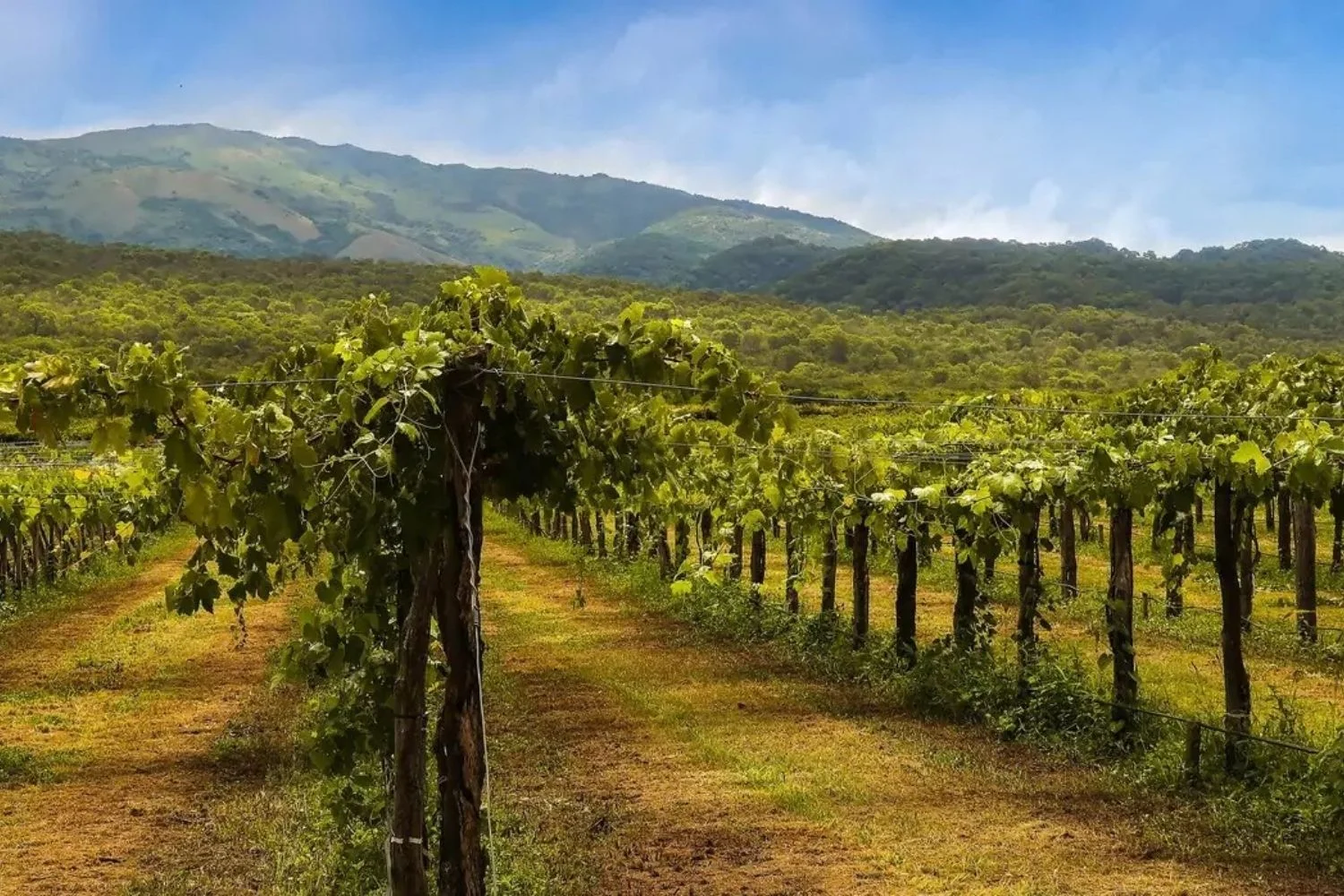
Valles Calchaquies: Vineyards & Orchards
Southwest of Salta, driving throughthe Cuesta del Obispo and Los Cardones National Park is the ochre-hued Calchaquí Valley. Here, the first stop is Cachi. The pueblo of Cachi is centered around a 16th-century church constructed of cactus wood and adobe. The town’s archeological museum and handcraft market are well worth a visit, as are the local bakeries.
An hour and a half’s drive south of Cachi, through Seclantas and the local craftsmen path, lies Estancia Colome, in the quaint town of Molinos. Colome welcomes guests as an overnight stay or as a day tour, offering a wine tasting and a visit to the James Turrel’s Light Museum.
The last stop is the resort town of Cafayate. Surrounded by vineyards and orchards, Cafayate’s altitude, sunny climate, and dry air are ideal for wine production. While the region’s signature wine is a fruity, aromatic white known as Torrontés, it’s also known to produce fine Malbecs and Merlots.
What to do in Salta
Each stop in Salta offers something different. Ideally, guests stay around six nights, allowing two nights in the capital, two nights in either Cachi or Molinos and two nights in Cafayate. All in all, travelers here can enjoy:
- Market visits and chef’s table experiences
- Cooking Classes
- Wine tastings with Argentine sommeliers
- Visits to Local Wineries
- Visits to Artisans Workshops
- Natural Dye Workshops
- Day trips to private ranches for lunch, riding, and demonstrations of gaucho horsemanship
- Visits to Local Peñas or gatherings for folk music and dance. These events bring together longstanding traditions, homemade food, plenty of wine, and lots of folklore.
- Trekking
- Biking
- Picnics
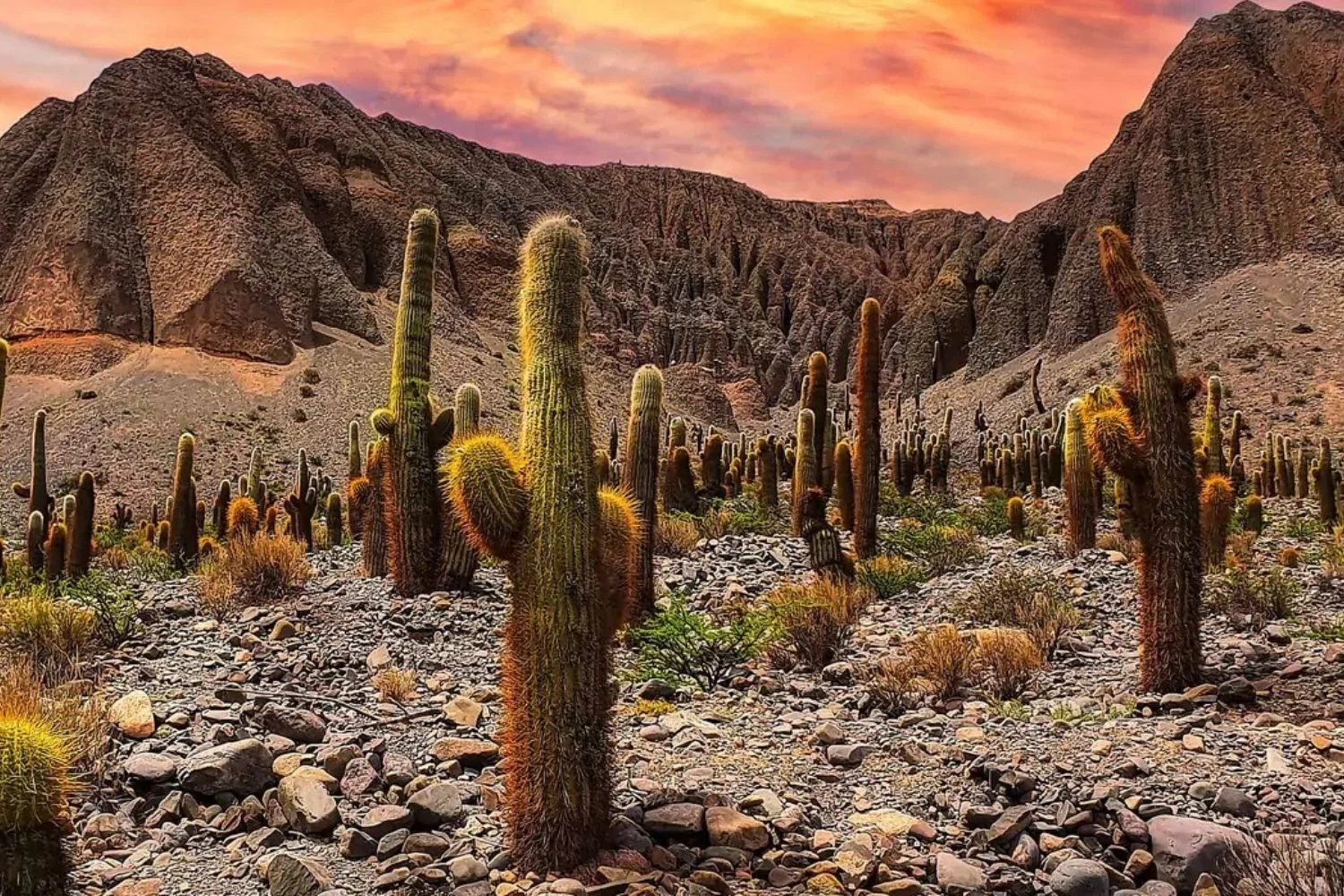
What is the Weather Like?
Salta draws visitors year-round. The climate of Salta is subtropical, affected by altitude. It features dry, mild winters with temperatures ranging between 40°F at night and maximum temperatures in the low 70s. Summers are warm and rainy and average temperatures go from the low 60s to the mid-80s. January is the wettest month.
These averages are changing, please check extended weather forecasts using your favorite weather app prior to departure.
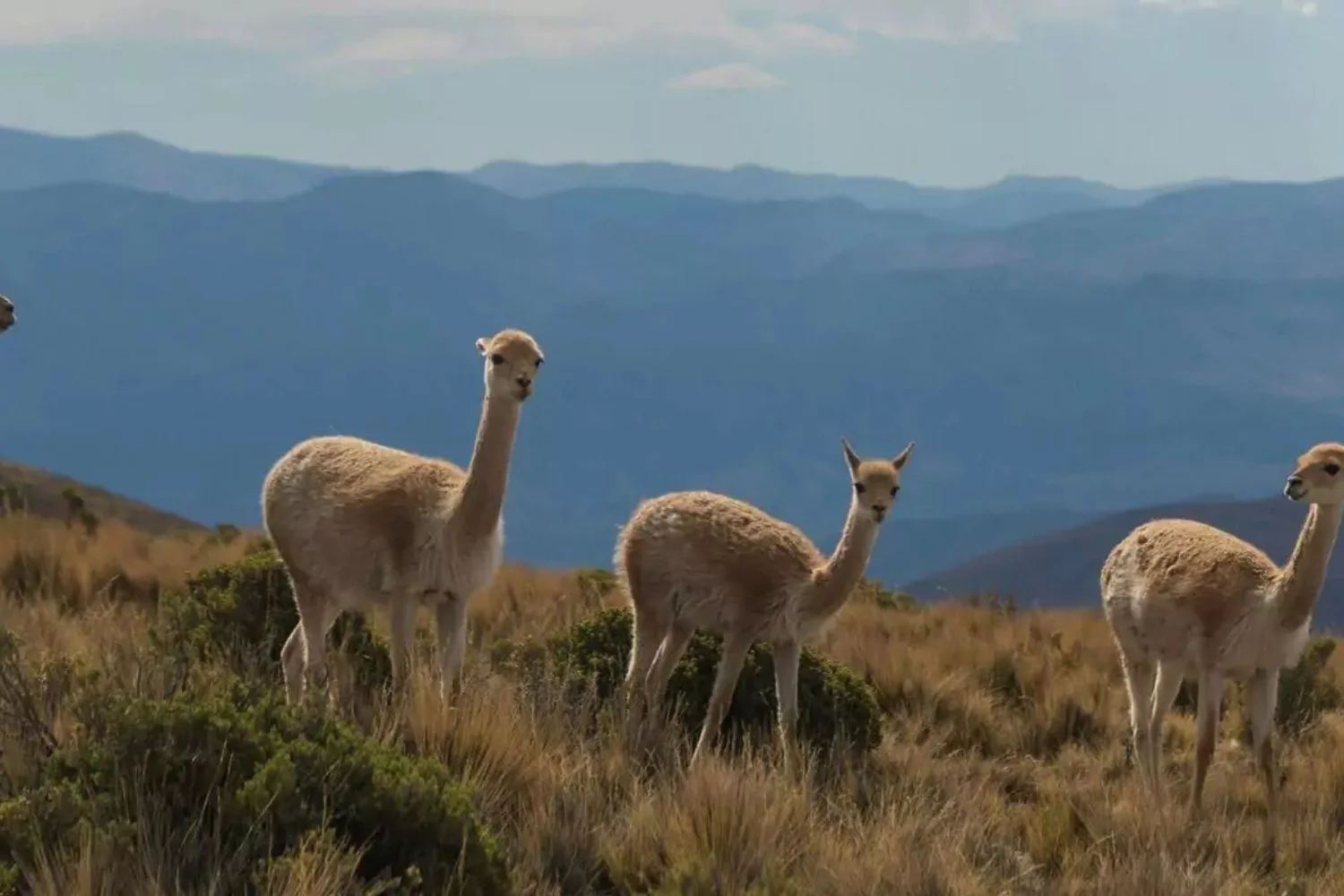
Getting There
Flights from Buenos Aires arrive daily in Salta. Flight time is approximately two hours and 15 minutes. Although not as regularly, Salta’s airport is also served by Iguazu, Mendoza, and Cordoba.
Extensions to Jujuy can be easily arranged, and often visited together. Jujuy can also be combined with the Atacama Desert by land. Transportation time is approximately six hours not considering border crossing times.
Start your journey today
LANDED delivers the finest in custom, private travel to Central America, South America, and Antarctica. These regions are our passion; we know them first-hand and by heart. Speak with one of our travel designers and let us create a tailored itinerary for you in Argentina’s Northwest.
How to combine Salta and the Valles Calchaquies
Have some extra time? Here are some options for you to combine with.


